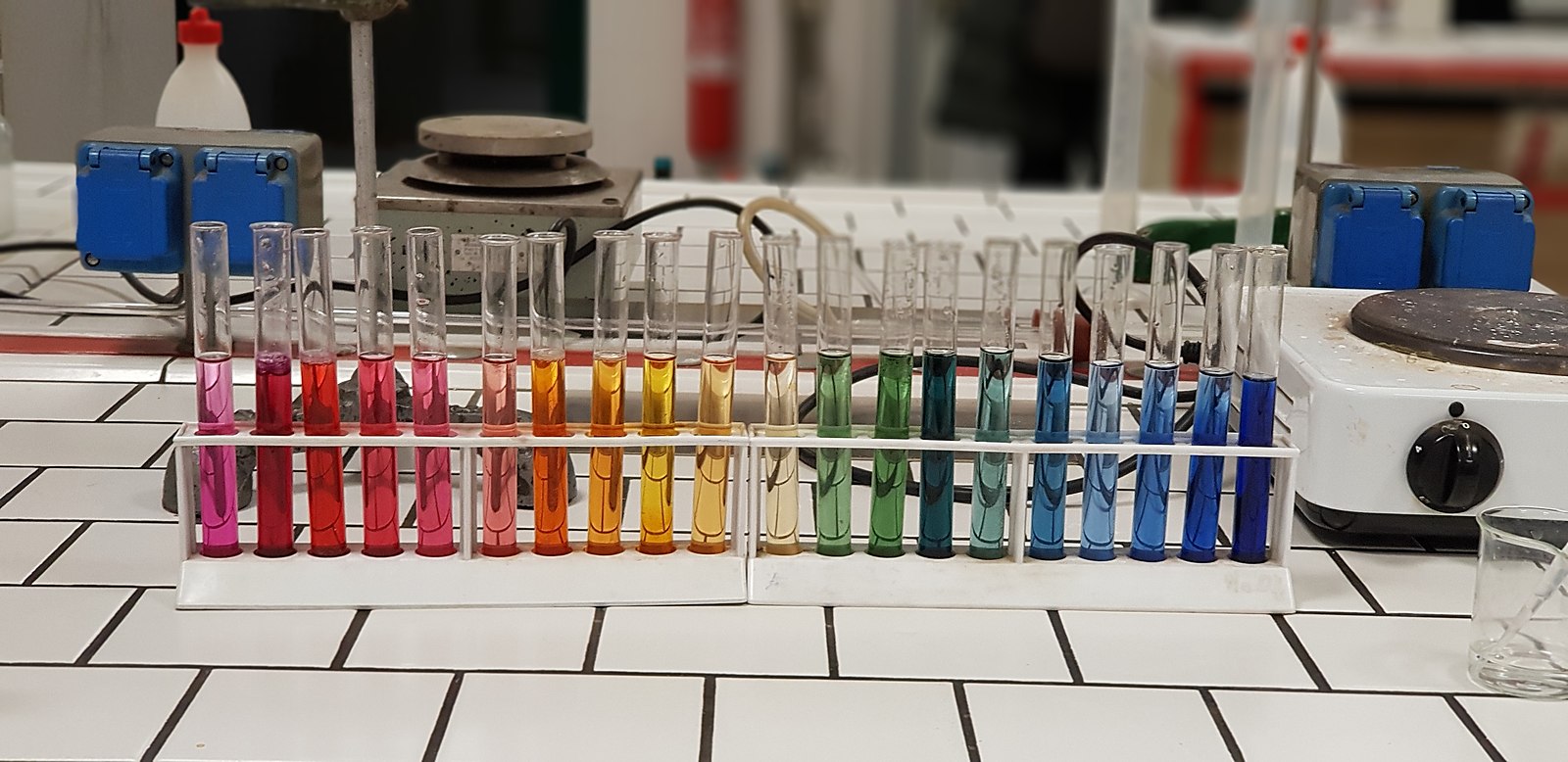The pH of soil water extract is a crucial factor in determining the health and fertility of soil. It is a measure of the acidity or alkalinity of the soil, which directly impacts the availability of essential nutrients for plant growth. Understanding and managing the pH of soil water extract is essential for maintaining a thriving garden, farm, or landscape.
Measuring the pH of Soil Water Extract
To measure the pH of soil water extract, you can follow the protocol provided by the Kellogg Biological Station Long-Term Ecological Research (KBS LTER) program. This protocol involves suspending soil in a 1:2 soil:water ratio and measuring the pH using a glass electrode pH meter standardized with buffer solutions of pH 7 and 4. This method is suitable for measuring the pH of fresh soil and can inform liming recommendations.
If you don’t have access to a pH meter, you can use a pH tester with ATC (Automatic Temperature Compensation) and buffers for calibration. Alternatively, you can use a kit that contains the necessary chemicals to add a dye to the soil and observe a color change that can be compared with a chart for pH determination.
Understanding the pH Scale
The pH scale ranges from 0 to 14, with 7 being neutral. Values below 7 indicate acidity, while values above 7 indicate alkalinity. The ideal pH range for most plants is between 6.0 and 7.0, as this range ensures optimal availability of plant nutrients.
However, it’s important to note that some plants thrive in acidic or alkaline soils. For example, blueberries and azaleas prefer acidic soil with a pH around 4.5 to 5.5, while succulents and cacti prefer alkaline soil with a pH around 7.5 to 8.5.
Factors Affecting Soil pH
The pH of soil water extract is affected by several environmental factors, including:
- Climate: Regions with high rainfall tend to have more acidic soils, while drier regions often have more alkaline soils.
- Local biota: The decomposition of organic matter by microorganisms and the uptake of nutrients by plants can influence soil pH.
- Bedrock and surficial geology: The underlying geology of an area can contribute to the natural pH of the soil.
- Human impacts: Activities such as fertilizer application, irrigation, and land use changes can alter the pH of the soil.
Correcting Soil pH
If the pH of your soil water extract is too acidic or too alkaline, you can correct it by adding amendments to the soil. For acidic soils, you can add compost or an alkaline source, such as ground limestone. For alkaline soils, you can add an acidic source, such as pine needles or elemental sulfur.
However, it’s essential to consult with authorities from a local agricultural extension office, local growers’ associations, or university before applying chemicals to correct soil pH. Improper application of soil amendments can lead to unintended consequences, such as nutrient imbalances or environmental damage.
Importance of Soil pH for Plant Growth
The pH of soil water extract directly impacts the availability of essential plant nutrients. In acidic soils, nutrients like phosphorus, calcium, and magnesium may become less available, while in alkaline soils, nutrients like iron, manganese, and boron may become less available.
By maintaining the optimal pH range for your plants, you can ensure that they have access to the nutrients they need to thrive. This can lead to healthier plants, higher yields, and a more productive garden or farm.
Conclusion
Measuring and managing the pH of soil water extract is a crucial aspect of maintaining soil health and fertility. By following the KBS LTER protocol or using a pH tester with buffers, you can accurately measure the pH of your soil and make informed decisions about soil amendments. Understanding the factors that affect soil pH and the importance of maintaining the optimal pH range for your plants can help you create a thriving and productive growing environment.
References:
- UC Davis Analytical Lab. (n.d.). pH of a 1 + 10 Soil Suspension. Retrieved from https://anlab.ucdavis.edu/analysis/Soils/210
- KBS LTER. (2023-11-27). Protocol – Soil pH. Retrieved from https://lter.kbs.msu.edu/protocols/163
- Cole-Parmer. (2021-07-21). Testing the pH of Soil Samples. Retrieved from https://www.coleparmer.com/tech-article/soil-samples-ph-testing
- SERC. (2024-02-27). Water and Soil Characterization – pH and Electrical Conductivity. Retrieved from https://serc.carleton.edu/microbelife/research_methods/environ_sampling/pH_EC.html

